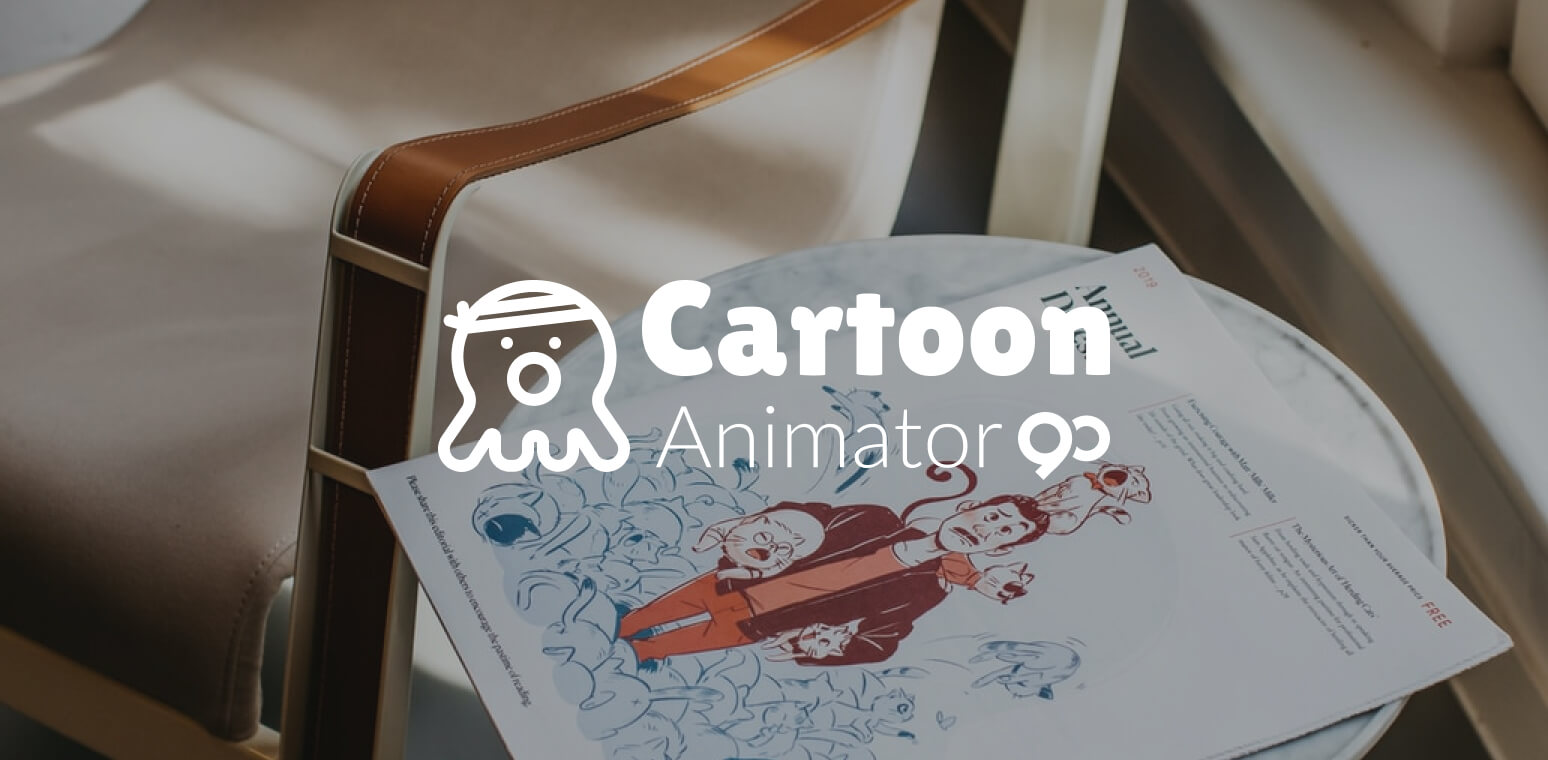
Cartoon animators power the visual aspects of animated movies, television, and advertisements. Animation differs from other forms of visual media in several ways.
First of all, cartoons are not captured by a camera in real time like most other forms of entertainment and advertising media. Instead, they are drawn and captured or rendered on a computer by cartoon animators.
In addition, cartoon animation is also different from stop motion, which compiles a multitude of still pictures taken of objects that are moved infinitesimally in each shot to give the appearance of motion.
In the entertainment and advertising industry, a cartoon animator is responsible for creating the visual aspects of animated cartoons. This includes either drawing the cartoon animation frame by frame (known as 2D animation) or using a computer to render the animation and figure out its movements (known as 3D animation).
Cartoon animators work in teams, sometimes even in the hundreds for full length 3D-animated features, and are by nature skilled artists that can transpose the everyday world onto a visual medium.
Primary roles
2D or 3D animation
Simply put, a cartoon animator’s main responsibility is to create visual content. Whether the production is big or small, cartoon animators create what the audience sees as the final product.
In 2D animation, this boils down to drawing 24 individual drawings per second of the final product and adding color, with or without the aid of a computer.
In 3D animation, this involves giving a three-dimensional image movement such as mapping out facial expressions or showing action. Computers are essential for this function.
Understanding human expressions
Cartoon animators tend to specialize after they have gained experience in the industry. Character animators focus on drawing visual content that involves specific characters, such as their movements, facial expressions, and everything else that makes a character seem human.
Special effects animators focus on creating everything else, including background, inanimate objects, explosion effects, and weather effects like rain, snow, and wind.
Secondary roles
Assisting the production
Depending on the size of the production, cartoon animators may have additional responsibilities.
For 2D animation, an animator may assist another in transition frames. This means that while one animator may focus on the main poses for a character, the other will draw the in-between frames and still shots. In a smaller production, only a handful of animators may be in charge of every aspect of the visual content.
Ready the final product
In 3D animation, the size of the production matters even more for what cartoon animators do in their day-to-day functions.
Extremely large productions will have separate jobs for storyboarding, 2D drawing, modeling (building the 3D model), texture artists who add realistic color and shading to the model, and animators who take the final product and set it in motion for a scene. In a smaller production one person may do all of this.